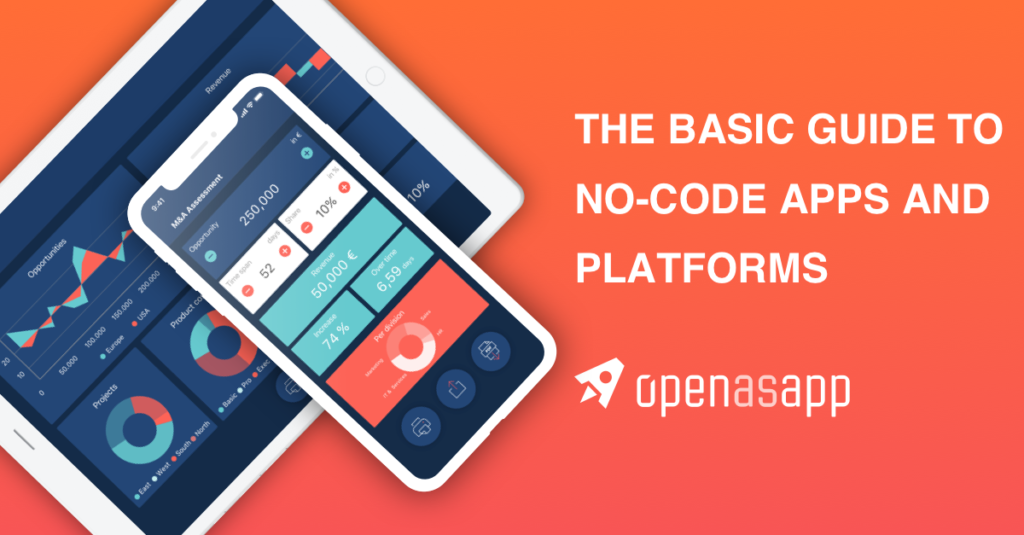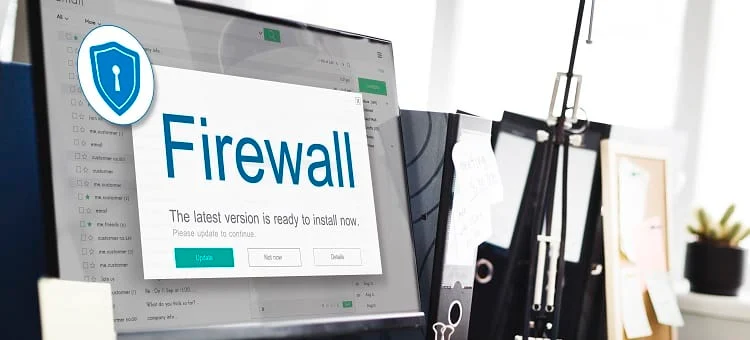Creating a simple web app using no-code platforms is a great way to build and launch ideas without needing programming skills. Here’s a step-by-step guide:
🛠️ How to Create a Simple Web App Using No-Code Platforms
✅ Step 1: Define Your App’s Purpose
Before building, clarify:
- What is the goal of the app?
- Who is your target audience?
- What are the key features? (e.g., user login, form submission, database storage)
Example: A contact form app, a task manager, or a booking system.
✅ Step 2: Choose a No-Code Platform
Popular no-code platforms include:
| Platform | Best For | Notes |
|---|---|---|
| Glide | Mobile-style web apps | Easy spreadsheet integration |
| Bubble | Web apps with complex logic | Highly customizable, steeper learning curve |
| Adalo | Mobile apps | Drag-and-drop interface |
| Webflow | Visually-rich websites/apps | Great for design-heavy web apps |
| Thunkable | Cross-platform apps | Logic and API support |
✅ Step 3: Sign Up and Start a New Project
- Create an account on the platform.
- Choose a template or start from scratch.
- Name your project and define the layout or structure.
✅ Step 4: Design the User Interface (UI)
- Use drag-and-drop tools to add:
- Text boxes
- Images or logos
- Buttons
- Input forms (name, email, etc.)
Most platforms allow you to customize fonts, colors, and layout visually.
✅ Step 5: Set Up the Backend (Database or Data Source)
- Use built-in databases (like Airtable, Google Sheets, or native databases).
- Define data types (e.g., users, tasks, messages).
- Link form inputs to the database to store data.
✅ Step 6: Add Logic & Workflows
- Define actions for when buttons are clicked (e.g., “Submit form”, “Send email”, “Create new record”).
- Use conditions (if/then logic) to control app behavior.
- Example: “If user clicks Submit, then save input to database and show success message.”
✅ Step 7: Test the App
- Preview the app using the platform’s test or preview mode.
- Check form submissions, navigation, and responsiveness.
- Fix any bugs or logic issues.
✅ Step 8: Publish Your Web App
- Most platforms offer a “Publish” or “Go Live” button.
- You can get a free subdomain (e.g., yourapp.glideapp.io) or connect a custom domain.
- Share your app link with users.
🌟 Example Use Cases for No-Code Web Apps
- Contact management tool
- Feedback or survey form
- Job application portal
- Event registration system
- To-do list or daily planner
🔚 Conclusion
With platforms like Glide, Bubble, or Webflow, you can build powerful web apps without writing code. Focus on your idea, use visual tools to bring it to life, and test your app with real users.






